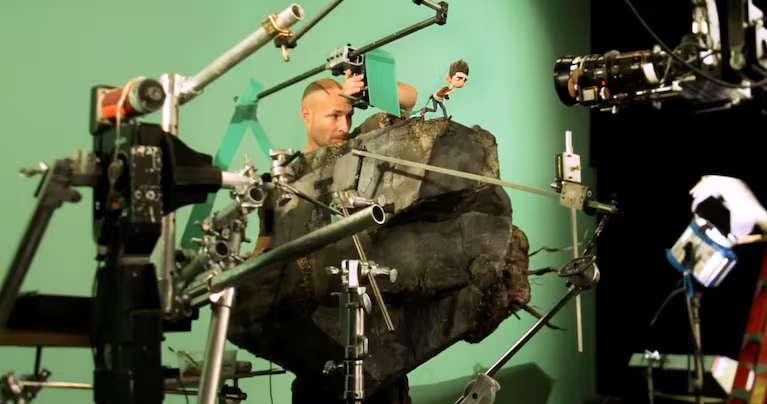A Legacy of Iconic Productions
Oregon has long played a starring role in American film history. From cult classics like The Goonies and Animal House to award-winning features such as One Flew Over the Cuckoo’s Nest, the state’s landscapes and communities have been backdrops for some of Hollywood’s most memorable stories.
Television has added to that reputation. Shows like Grimm and Portlandia showcased Oregon’s urban and cultural character, while animation studios like Laika (Coraline, Kubo and the Two Strings) and ShadowMachine (BoJack Horseman) have cemented the state’s influence in the world of stop-motion and animated storytelling.
Pandemic and Strikes Disrupt Production
Despite this proud history, Oregon’s film industry has not been immune to recent challenges. The COVID-19 pandemic shut down sets and productions for months, disrupting schedules and forcing studios to rethink operations. Just as the industry was beginning to recover, a lengthy writers’ strike followed by an actors’ strike brought filming to a halt again in 2023.
Also Read
The strikes not only paused projects but also highlighted broader uncertainties in the industry, including streaming platform economics and debates about fair compensation for creative workers. For a state like Oregon, which relies on visiting productions and local crews, those pauses meant lost opportunities and stalled momentum.
Competition from Abroad
Another challenge facing Oregon is the global shift in film and television production. More studios are taking projects overseas to countries offering aggressive tax incentives, lower labor costs, and expansive studio facilities. While Oregon has developed incentive programs of its own, it faces stiff competition from international markets as well as larger U.S. states like Georgia, New Mexico, and California.
Oregon Film’s Role
Tim Williams, executive director of Oregon Film, is at the center of these conversations. Oregon Film is a semi-independent state agency tasked with promoting and supporting production in the state. Williams said that while the last few years have been tough, the state continues to attract new projects thanks to its mix of locations, experienced crews, and unique creative culture.
“We’ve weathered a lot,” Williams said, “but there’s still strong interest in filming here. Producers know Oregon offers a variety of landscapes, from coastlines to deserts to urban skylines, within just a few hours’ drive. That versatility, combined with local talent and support, continues to make us competitive.”
Looking Forward
Williams emphasized that rebuilding momentum will require continued investment and community support. Incentives remain critical to drawing productions, but equally important is the state’s ability to foster a strong workforce of local writers, actors, crew members, and animators.
The success of Laika and ShadowMachine illustrates how Oregon can carve out niches in areas like animation and independent filmmaking, even as larger projects ebb and flow.
Resilience in a Changing Industry
For many Oregonians, the film industry is about more than just entertainment — it’s an economic driver that creates jobs, boosts tourism, and spotlights the state’s culture. While disruptions have slowed progress, the industry’s history of resilience suggests that Oregon will continue to play a role in shaping stories for screens both big and small.
As Williams put it, “Oregon has always been about creativity and collaboration. That hasn’t changed, even if the industry around us has.”












